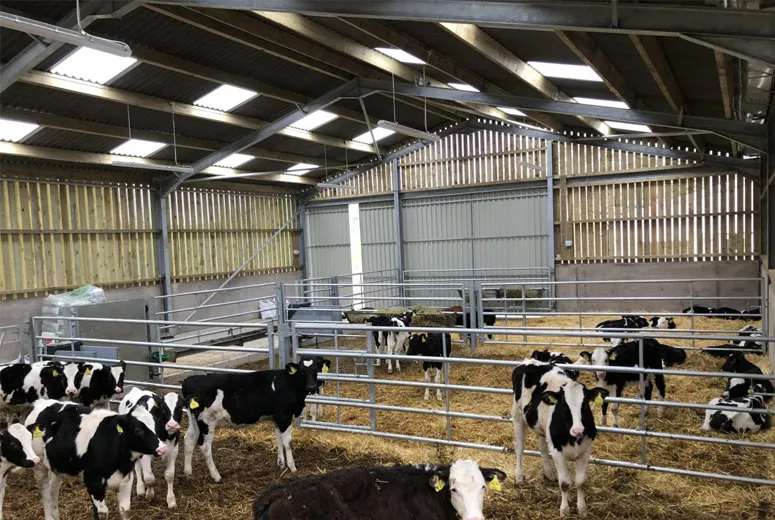- Afrikaans
- Albanian
- Amharic
- Arabic
- Armenian
- Azerbaijani
- Basque
- Belarusian
- Bengali
- Bosnian
- Bulgarian
- Catalan
- Cebuano
- Corsican
- Croatian
- Czech
- Danish
- Dutch
- English
- Esperanto
- Estonian
- Finnish
- French
- Frisian
- Galician
- Georgian
- German
- Greek
- Gujarati
- Haitian Creole
- hausa
- hawaiian
- Hebrew
- Hindi
- Miao
- Hungarian
- Icelandic
- igbo
- Indonesian
- irish
- Italian
- Japanese
- Javanese
- Kannada
- kazakh
- Khmer
- Rwandese
- Korean
- Kurdish
- Kyrgyz
- Lao
- Latin
- Latvian
- Lithuanian
- Luxembourgish
- Macedonian
- Malgashi
- Malay
- Malayalam
- Maltese
- Maori
- Marathi
- Mongolian
- Myanmar
- Nepali
- Norwegian
- Norwegian
- Occitan
- Pashto
- Persian
- Polish
- Portuguese
- Punjabi
- Romanian
- Russian
- Samoan
- Scottish Gaelic
- Serbian
- Sesotho
- Shona
- Sindhi
- Sinhala
- Slovak
- Slovenian
- Somali
- Spanish
- Sundanese
- Swahili
- Swedish
- Tagalog
- Tajik
- Tamil
- Tatar
- Telugu
- Thai
- Turkish
- Turkmen
- Ukrainian
- Urdu
- Uighur
- Uzbek
- Vietnamese
- Welsh
- Bantu
- Yiddish
- Yoruba
- Zulu
Oct . 10, 2024 12:57 Back to list
The Future of Residential Steel Construction
In recent years, the construction industry has seen a significant shift towards innovative building materials and methodologies. Among these developments, residential steel construction has emerged as a leading choice for homeowners and builders alike. This article explores the benefits, challenges, and future of steel in residential building, underscoring its potential to revolutionize the way we think about home construction.
Advantages of Steel in Residential Construction
One of the most compelling benefits of steel construction is its durability. Steel is known for its strength and resilience against various environmental factors. Compared to traditional wood framing, steel does not warp, crack, or split in response to humidity changes and temperature fluctuations. This durability translates into reduced maintenance costs over time and a longer lifespan for the structure.
Additionally, steel is inherently resistant to pests such as termites and rodents, which are common threats to wooden structures. This resistance not only prolongs the integrity of the building but also reduces the need for chemical treatments that can be harmful to the environment and human health. In regions prone to termites or other wood-destroying insects, steel construction offers a significant advantage.
Another notable benefit is the speed of construction. Steel components can be pre-fabricated in a factory setting, allowing for quicker assembly on-site. This efficiency can drastically reduce construction time, which is a considerable benefit for homeowners looking to move into their new homes as quickly as possible. Moreover, the precision of pre-fabrication minimizes waste and can lead to more efficient use of materials.
Energy Efficiency and Sustainability
In the context of sustainable building practices, residential steel construction offers significant potential. Steel is 100% recyclable, meaning that it can be reused indefinitely without degrading in quality. This feature positions steel as a more sustainable option compared to traditional materials, which often end up in landfills at the end of their lifecycle.
Furthermore, modern steel homes can incorporate advanced insulation technologies to improve energy efficiency. Properly insulated steel structures can decrease energy consumption for heating and cooling, leading to lower utility bills for homeowners and a reduced carbon footprint. This synergy between steel construction and energy efficiency aligns with the growing global emphasis on sustainability and eco-friendly building practices.
residential steel construction

Design Flexibility
Steel's versatility allows architects and designers to experiment with innovative designs that may not be feasible with conventional materials. Steel can support larger spans and more open floor plans, enabling creative architectural solutions that enhance the living space's functionality. This flexibility allows for the incorporation of large windows, open-concept layouts, and, in some cases, multi-story constructions without the need for excessive load-bearing walls.
Challenges to Overcome
Despite its many advantages, residential steel construction does face challenges. One primary concern is the initial cost, as building with steel can be more expensive upfront compared to traditional wood framing. However, this initial investment often pays off through reduced maintenance and energy costs over the lifespan of the building.
Another issue is the perception of steel as a cold and industrial material. While this perception can be changed through clever design and landscaping, it remains a hurdle for some homeowners who prefer the aesthetics of traditional homes. Architects and builders are increasingly finding ways to soften steel's appearance, using cladding and other materials to create warm and inviting interiors.
Conclusion The Road Ahead
As the demand for high-performance homes continues to rise, residential steel construction is poised to become a more prevalent choice in the marketplace. Its inherent durability, pest resistance, speed of construction, energy efficiency, and design flexibility make it an attractive option for modern homeowners.
Moreover, as the construction industry moves towards greater sustainability, steel's recyclability and potential for energy-efficient designs align well with these goals. While challenges remain, innovative solutions and a shift in consumer perception can gradually pave the way for a broader acceptance of steel in residential construction.
In summary, the future of residential steel construction looks bright as we embrace this material's potential to create safer, more durable, and environmentally friendly homes. As we continue to explore and expand its applications, steel may very well redefine residential building standards for generations to come.
-
How Do Prefabricated Steel Structures Transform Modern Construction?
NewsJul.14,2025
-
How Do Prefabricated Metal Buildings Redefine Modern Construction?
NewsJul.14,2025
-
How Do Prefab Insulated Metal Buildings and Steel Structures Revolutionize Modern Construction?
NewsJul.14,2025
-
How Do Pre - Engineered Steel Structures Redefine Modern Construction?
NewsJul.14,2025
-
Advancing Modular Construction with Prefabricated Metal Structures
NewsJul.14,2025
-
Advancing Industrial Infrastructure with Prefabricated Steel Solutions
NewsJul.14,2025
Products categories
Our Latest News
We have a professional design team and an excellent production and construction team.












